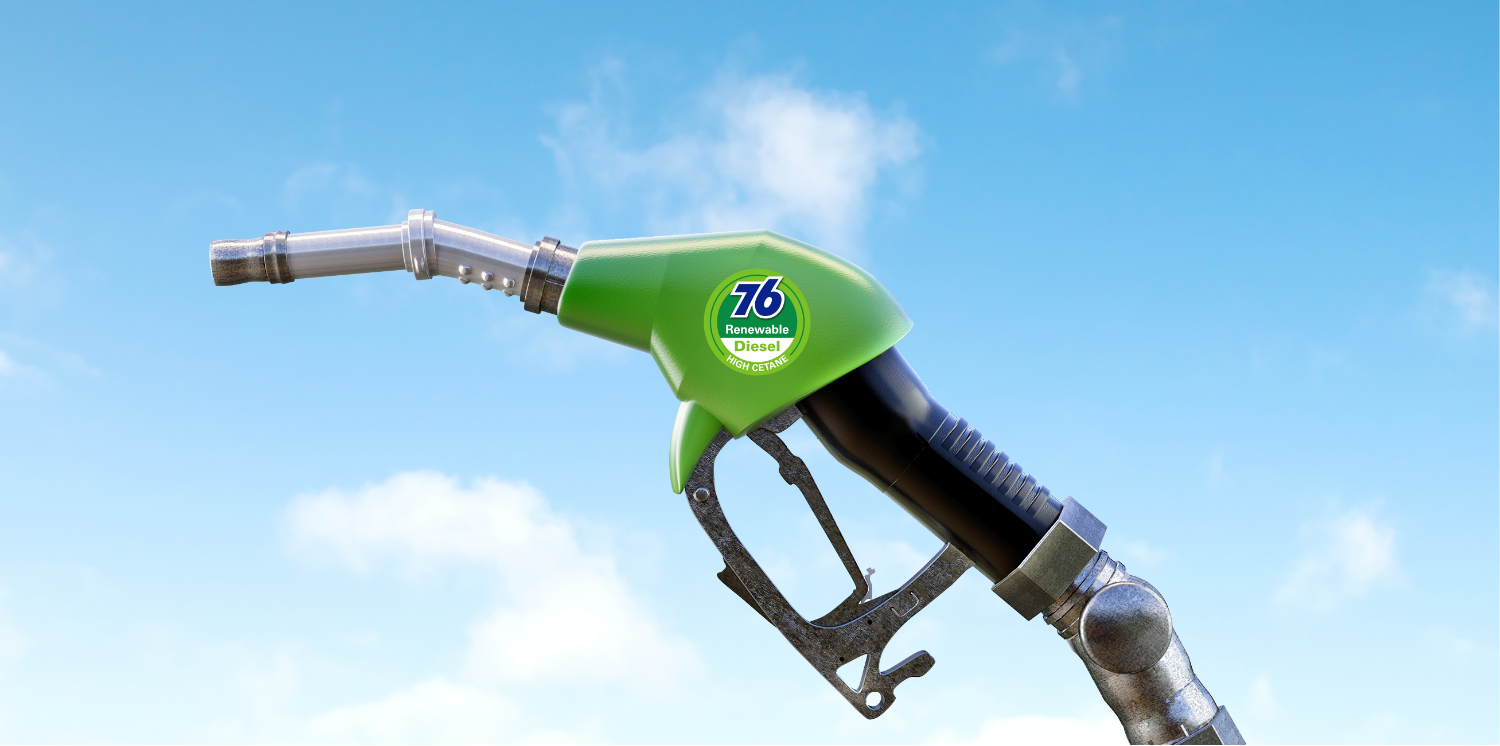Phillips 66 announced that it intends to reduce the greenhouse gas emissions intensity from its operations companywide 50% by 2050. The new target builds upon the company’s previously announced Scope 1 and 2 GHG emissions reduction targets.
“We are committed to being part of the solution and helping the world address climate change,” said Phillips 66 Chairman and CEO Greg Garland. “Our 2050 target further reflects our drive to create shareholder value and ensure Phillips 66 participates in the energy transition.”
Phillips 66 introduced 2030 targets last year, signaling its commitment to taking action and reducing the carbon intensity of its operations. Both sets of targets are compared to 2019 levels.
“We support the ambitions of the Paris Agreement and are increasing our commitment with the 2050 target,” Garland said. “We will continue to prioritize our resources to drive innovation and do our part. The company’s investments to meet its targets will be consistent with its disciplined approach to capital allocation.”
The company’s 2022 capital program of $1.9 billion includes $916 million for growth capital, of which 45% supports lower-carbon opportunities.
The targets set by Phillips 66 are based on the company’s lower-carbon strategy and leverage its Emerging Energy group. The company has made meaningful progress toward developing a lower-carbon business, pursuing opportunities in renewable feedstocks and fuels, sustainable aviation fuel, the U.S. supply chain for batteries and lower-carbon hydrogen, among other areas.
“Achieving long-term greenhouse gas emissions reductions is ambitious and will require changes at and beyond Phillips 66,” Garland said. “Policies are needed to spur investment in lower-carbon infrastructure and technology development, significant shifts are required in consumer behavior, and materials throughout the supply chain must be readily available.”
Phillips 66 is one of the few downstream energy companies with an in-house research and development organization. The Energy Research & Innovation group works on developing and commercializing lower-carbon technologies to support the energy transition. The company has active U.S. patents in a number of areas, including biofuels, carbon capture, fuel cells and hydrogen.
Go to the Sustainability section of the Phillips 66 website for a presentation with more details on the 2030 and 2050 emissions reduction targets.



